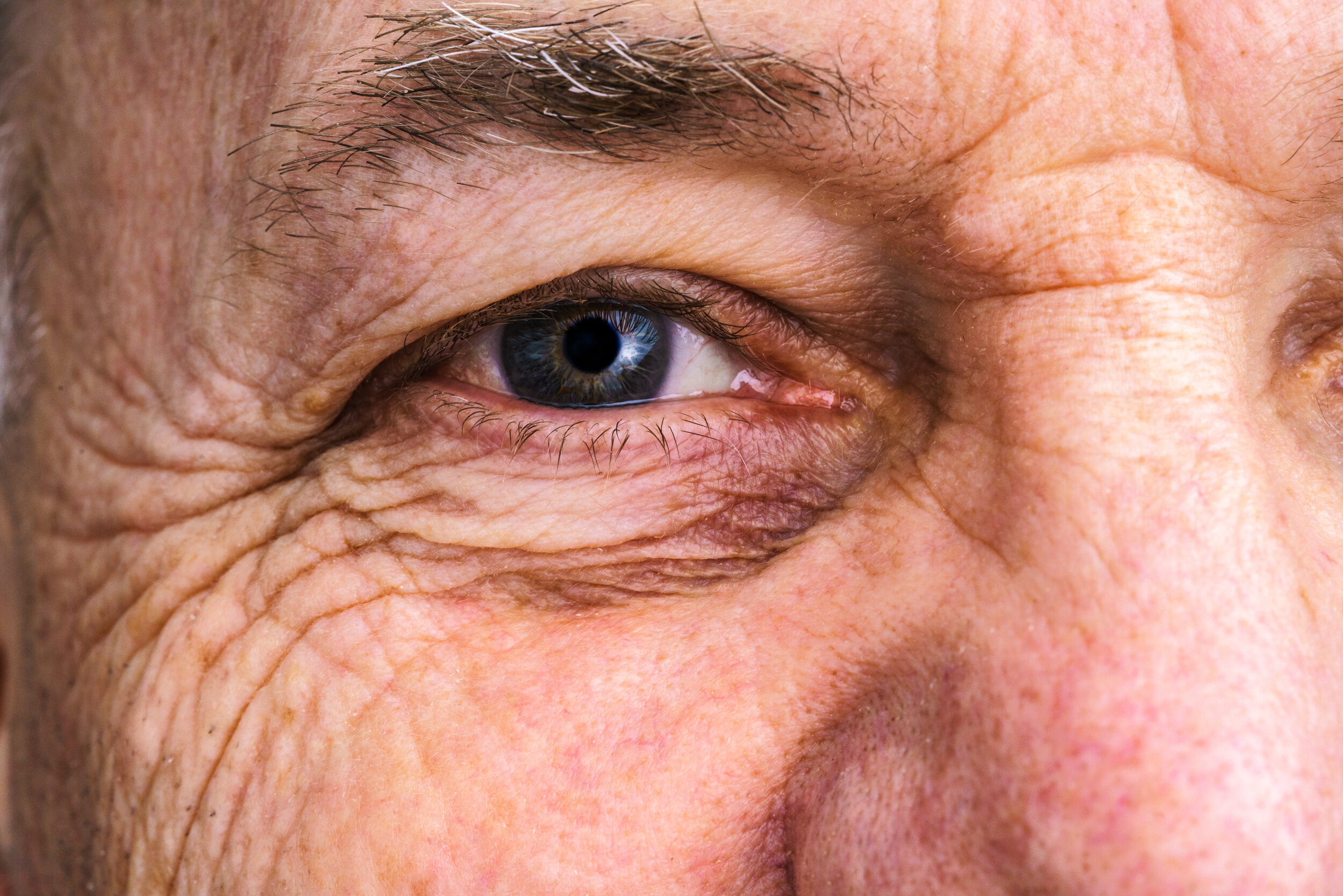Conditions: Face
Let’s face it…the face is important.
Choose the subject below you are interested in exploring.
Facial pain
The skin and bones of the face and much of the sensation within the mouth and nose provide sensory feedback to the brain through the left and right trigeminal nerves. Determining the cause of the facial pain is essential for treating it effectively. Causes of facial pain are many, including sinusitis, various headache syndromes (such as trigeminal neuralgia, cluster headache, migraine), dental problems, jaw joint problems (temporomandibular disorders), giant cell arteritis, trauma, dermatologic conditions, and others. Making the correct diagnosis requires a physician evaluation for history and physical exam and potentially imaging (CT, MRI, dental x-rays) and/or nasal endoscopy.
Facial Aesthetics
Forehead, eyelids, nose, lips, cheeks, chin, ears and neck from an appearance standpoint are explained further here.
growths
Growths, lumps, bumps on or under the skin may be irritating, unwanted, or even cancerous.
eyes and eyelids
Working properly, eyelids combine form and function. Skin laxity, growths, and dry or tearing eyes are common eyelid problems explained here.
facial nerves (altered sensation or muscle weakness)
A problem with the facial nerve may create weakness or paralysis of one or more muscles of the face—a situation with many potential causes and which may result in significant problems. Numbness or altered sensation of the face (including pain), on the other hand, is due to an alteration in the trigeminal nerve, and has its own various causes.
facial skin conditions
Facial skin is special in that it has different thickness, coloration, blood flow, pore density from skin elsewhere. It is not often covered and thus is highly exposed to sun and other damaging conditions. And since the face is the icon for one’s person, facial skincare and prevention are important for health as well as confidence.
Facial trauma
Facial trauma including abrasions, lacerations, nasal fractures is common, and range from minor to life-threatening. Some facial injuries require urgent management, for example when the airway is threatened or bleeding is not controlled, others such as fractures of the nose, jaws, or cheek bones may be managed on a less urgent timeline. When facial trauma occurs, evaluation of the brain, eyes, and spine are also evaluated as injury to one of these systems suggests possible risk to another, and initial and secondary assessment identifies management priorities. Evaluation may include CT imaging to better characterize facial fractures.








